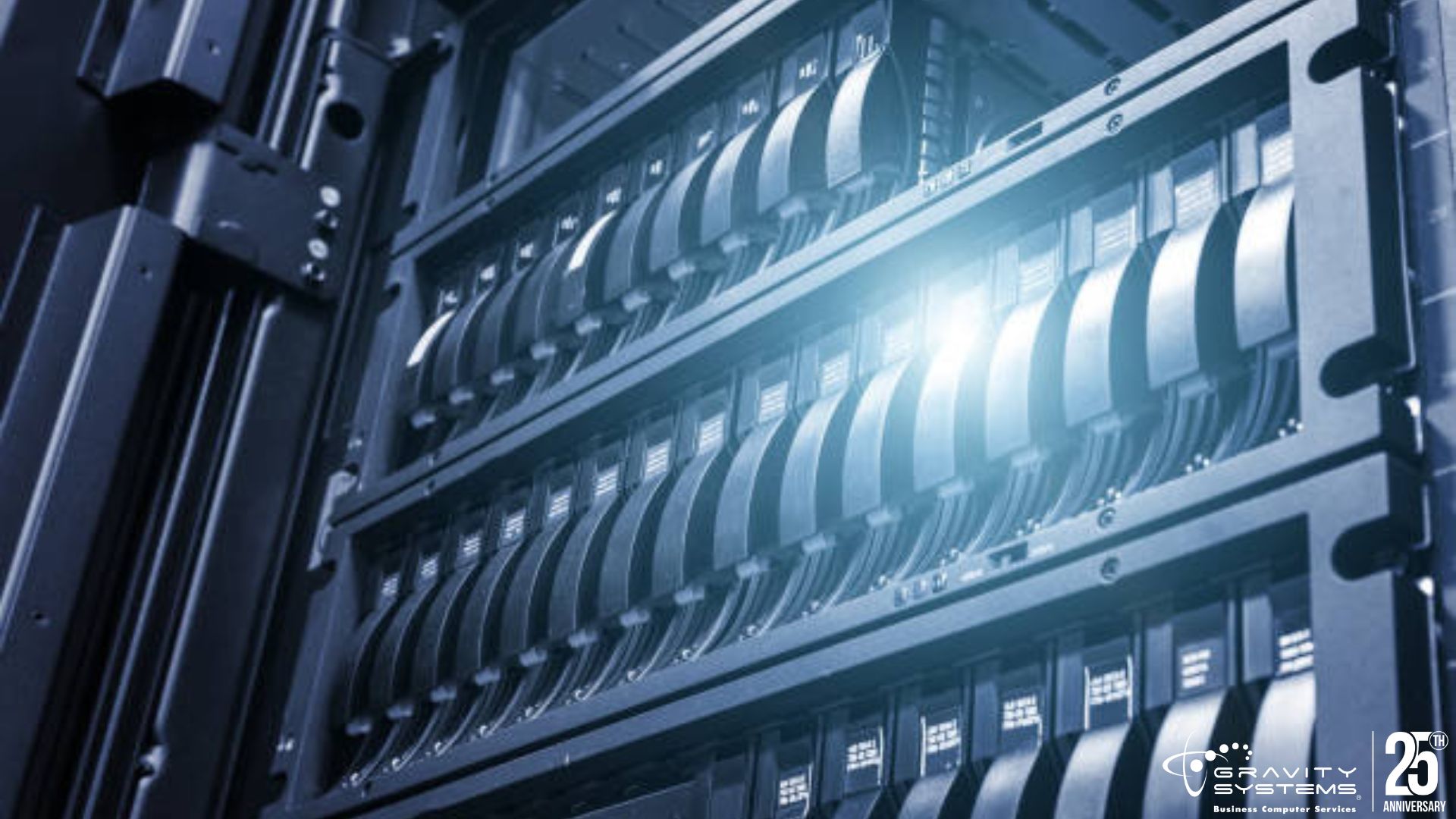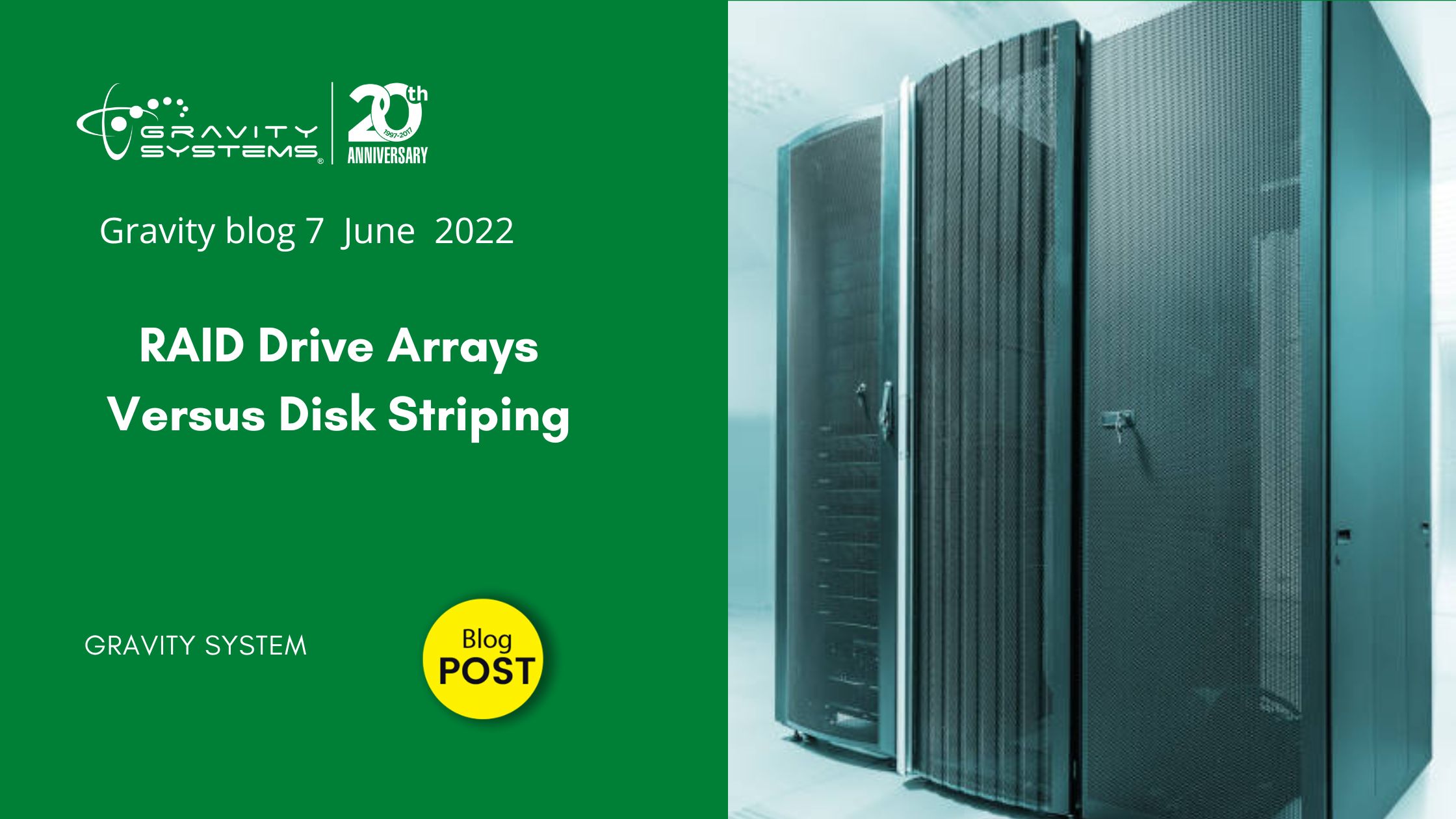RAID Drive Arrays vs. Disk Striping: A Comparison
You know you need to backup your data thoroughly in case an unanticipated disaster strikes. But what’s the best way to cover your bases? Let’s examine the pros and cons of two potential solutions, RAID drive arrays and disk striping.
RAID Drive Arrays: Safety in Numbers
A Redundant Array of Independent Disks, or RAID array, backs up data to multiple drives simultaneously. A typical RAID 1 array simply duplicates data onto two drives, a process called mirroring. Once you’ve got two complete, identical copies of your data, you can suffer the loss of one drive without worrying about the data itself being lost.

The main hassle of this approach is the sluggishness of using a single drive to read and write a ton of data. The larger the files, the longer it takes.
Disk Striping: High-Speed Data Backup and Access
Disk striping (also called RAID 0) offers a faster way of dealing with massive files. In this approach, multiple drives receive different chunks of the total data to be stored. Since all these drives are running at the same time, they can finish the job in a fraction of the time a single drive would require.
The sheer zippiness of disk striping comes at a cost, however: a lack of redundancy. Each drive receives only one unique piece of the total data, so if one of your striped drives fails, that data is simply gone.
If you’re willing to sacrifice some speed for redundancy, you should consider a RAID 5 or RAID 6 parity array. These arrays stripe data into disks while also creating redundant parity files, boosting the odds that you’ll still have all your data if a drive happens to fail.
Gravity Systems can advise you on the best data backup strategy for your business and install that system with expertise. Contact us to learn more.




